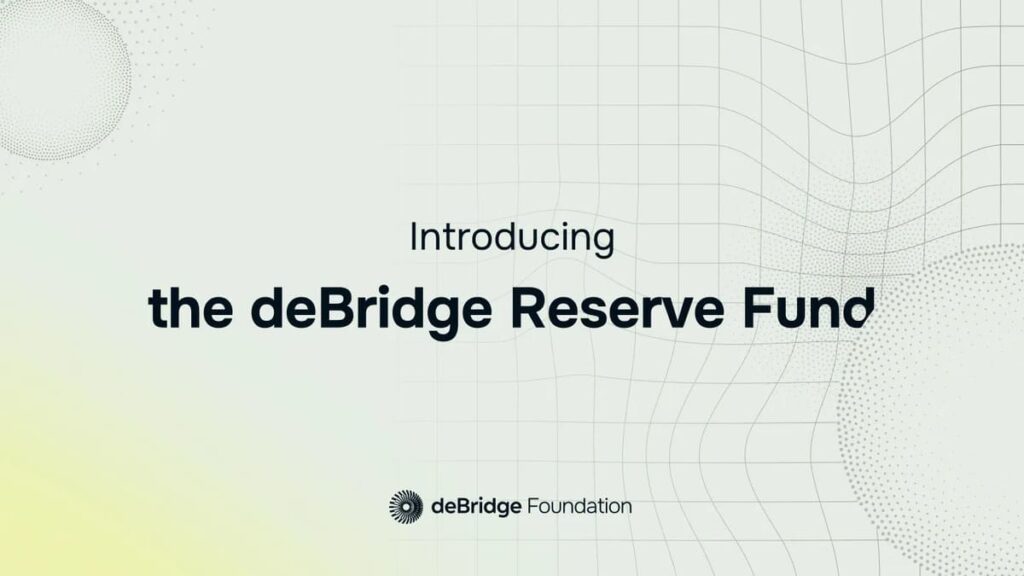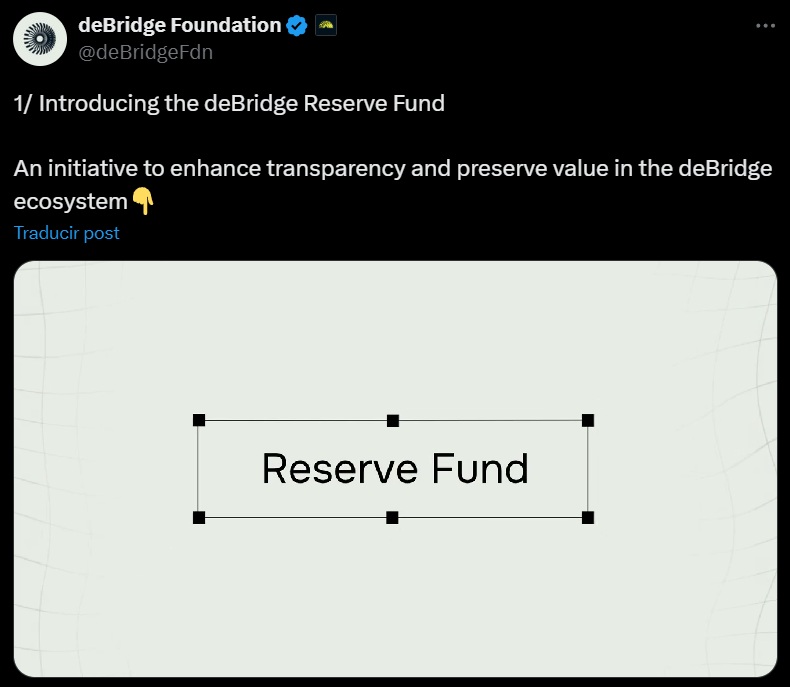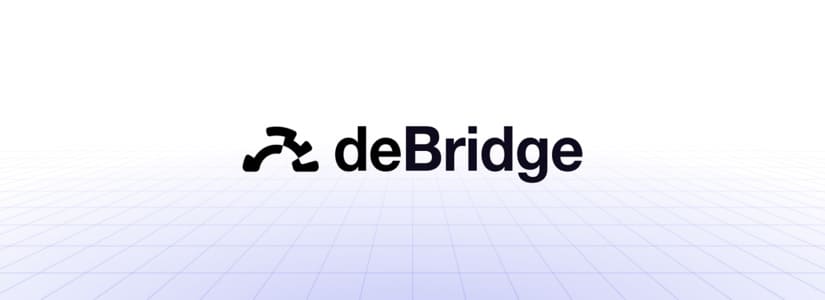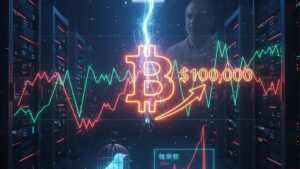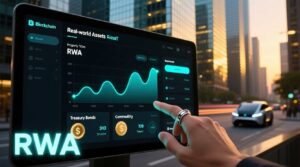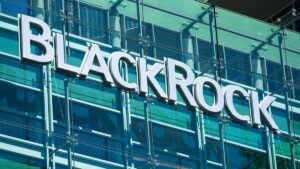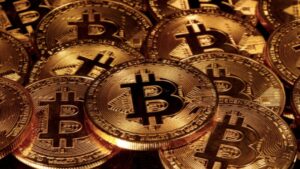TL;DR
- deBridge uses 100% of its protocol revenue to buy back DBR on the open market, already accumulating over 1.3% of the total supply.
- The fund leverages Aave, Lido, Kamino, and Meteora to generate yield and automate liquidity management in USDC, ETH, and SOL.
- A public dashboard allows real-time tracking of the fund’s activity, which currently manages $28.65 million in assets.
The deBridge Foundation has launched a reserve fund that uses all of the protocol’s revenue to buy back the DBR token on the open market.
This new mechanism has been active since June and has already acquired over 1.3% of the total supply, which stands at 10 billion tokens. All purchases are made exclusively through decentralized exchanges and are designed to sustain the token’s utility and support its long-term value.
The fund operates alongside the foundation’s main treasury, which currently holds $28.65 million in assets distributed across DBR, USDC, ETH, and SOL. For now, the reserve fund only contains DBR, but the organization is considering adding other assets that strengthen the ecosystem and serve as strategic backing for the DAO.
To increase capital efficiency, deBridge deposits USDC into Aave and stakes ETH through Lido. On the Solana network, it uses Kamino Finance to generate yield with SOL and USDC and deploys Meteora to provide liquidity to a DBR-USDC pool worth over $6 million. This setup helps generate additional income through trading fees and automates the allocation of idle capital.
deBridge Implements a Fully Transparent Model
The foundation states that every fund transaction is verifiable in real time. It has published a public dashboard where any user can view balances, purchases, token flows, and investment strategies. This level of visibility aims to support informed decision-making among developers, holders, and ecosystem contributors.
DBR is a governance token issued as an SPL asset on Solana. It was integrated into the protocol in late 2024 and has played a central role in the ecosystem ever since. deBridge enables cross-chain transfers without relying on wrapped tokens, a bridging design frequently targeted in security exploits.
According to DefiLlama data, deBridge generates nearly $10 million in annual revenue. DBR’s market capitalization exceeds $80 million. The buyback model follows a similar approach adopted by other projects like dYdX, Raydium, and Pump.fun, which also reinvest protocol earnings to acquire their native tokens and reinforce their internal economies


